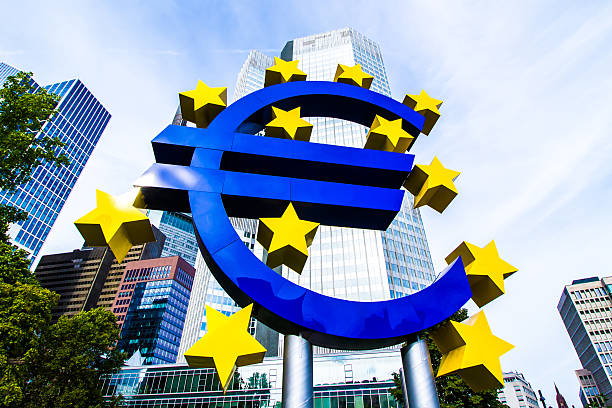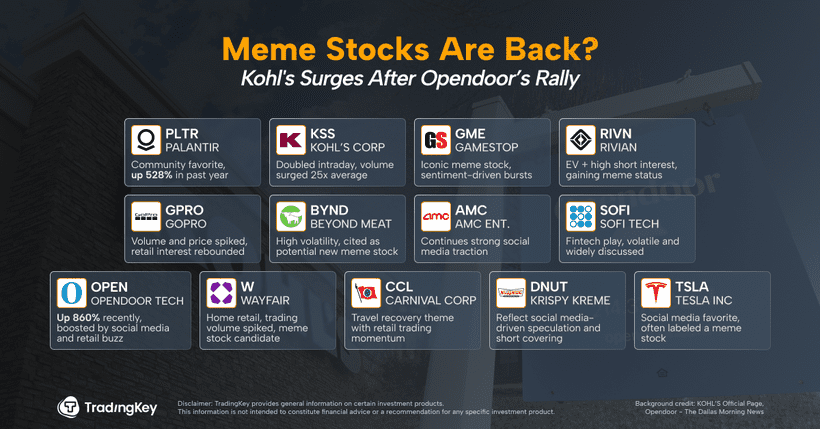RPT-COLUMN-Markets' trade deal euphoria ignores tariff reality: McGeever

By Jamie McGeever
ORLANDO, Florida, July 24 (Reuters) - The optimism sweeping world stock markets following news of emerging and expected U.S. trade deals is undeniable and understandable. But it is also puzzling.
The S&P 500, Britain's FTSE 100 and the MSCI All Country index have powered to new highs this week, and other global benchmarks are not far behind. Analysts at Goldman Sachs and other big banks have recently been raising their year-end S&P 500 forecasts by as much as 10%.
The catalyst is clear: baseline tariffs on imported goods into the U.S. will be much lower than the duties President Donald Trump had threatened previously. It emerged this week that the levy on Japanese goods will be 15%, not 25%, and indications are that a deal with the European Union will land on 15% too. That's half the rate Trump had threatened to impose.
Suddenly, the picture is nowhere near as bleak is it looked a few months ago. Economists reckon that the final aggregate U.S. tariff rate will settle around 15-20% once deals with Brussels and Beijing are reached, a level markets are betting won't tip the economy into recession.
This suggests that Trump's seemingly chaotic strategy – threaten mutually assured economic destruction, extract concessions and then pull back to limit the market damage – is paying off. But will it?
SOMEONE MUST PAY
Despite the market euphoria, the fact remains that on December 31 last year, the average aggregate U.S. tariff on imported goods was around 2.5%. So even if that ends up in the anticipated 15-20% range, it will still be at least six times what it was only a few months ago, and comfortably the highest it has been since the 1930s.
U.S. Treasury Secretary Scott Bessent estimates that tariff revenues this year could reach $300 billion, which is the equivalent to around 1% of GDP. Extrapolating last year's goods imports of $3.3 trillion to next year, a 15% levy could raise close to $500 billion, or just over 1.5% of GDP.
So who will pick up that tab? Is it the U.S. consumer, importers or the overseas exporters? Or a mixture of all three? The likelihood is it will mostly be split between U.S. consumers and companies, squeezing household spending and corporate profits. Either way, it's hard to see how this would not be detrimental to growth.
We may not know for some time, as it will take months for the affected goods to come onshore and get onto U.S. shelves and for the tariff revenues to be collected.
"We've got a ways to go before we can really say the U.S. economy is feeling the full effect of the tariff policies being announced," Bob Elliott, a former Bridgewater executive and founder of Unlimited, told CNBC on Wednesday.
But in the meantime, equity investors appear to be ignoring all of this.
SIGNS OF FROTH
The market's short-term momentum is clear. The S&P 500 has closed above its 200-day moving average for 62 days in a row, the longest streak since 1997, according to Carson Group's Ryan Detrick. And the 'meme stock' craze is back too, another sign that risk appetite may be decoupling from fundamentals.
Indeed, markets are priced for something approaching perfection. The consensus S&P 500 earnings growth for next year is 14%, according to LSEG I/B/E/S, barely changed from 14.5% on April 1, just before Trump's "Liberation Day" tariff salvo. Even the 2025 consensus of around 9% isn't that much lower than 10.5% on April 1.
A Reuters poll late last year showed a 2025 year-end consensus estimate for the S&P 500 of 6,500. The index is nearly there already, and is trading at roughly the same multiple as it was on December 31, a 12-month forward price-to-earnings ratio of 22.
Can these lofty expectations be supported by an economy whose growth rate next year is expected to be 2% or less? Possibly. But it will be a challenge for most firms, with the exception of the 'Magnificent Seven' tech giants whose size might better shield them from tariffs or slowing growth.
Ultimately, this is all a huge experiment pitting protectionist trade policy and Depression-era tariffs against the economic orthodoxy of the past 40 years. And it's yet another example of equity investors' ability to find the silver lining in almost anything.
As Brian Jacobsen, chief economist at Annex Wealth Management, says: "'It could have been worse' is not a good foundation for a market rally".
(The opinions expressed here are those of the author, a columnist for Reuters)





